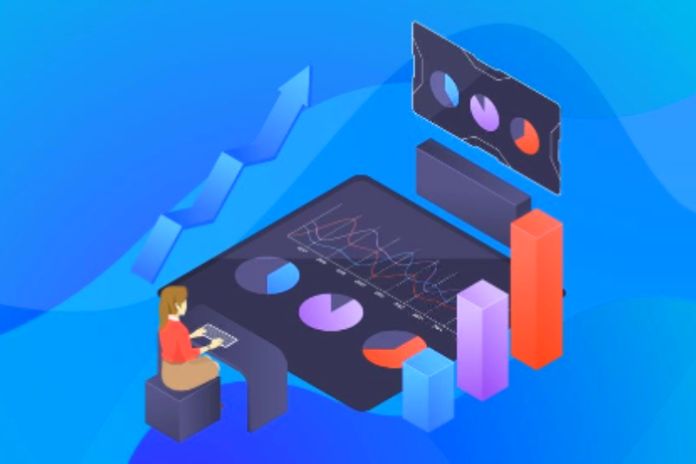Data Science: Companies around the world, of the most diverse sizes and sectors, have long noticed the importance and positive impact of the implementation of Data Science solutions on the constant and healthy growth of their businesses.
And complex data is proving that the value of Data Science to businesses will only increase over time. A report released by Allied Market Research found that the market for Data Science solutions had a global value of $4.7 billion in 2020. It is estimated that this market should reach 79.7 billion dollars by 2030.
Like everything involving technology, innovation, and business, data science is constantly evolving. Staying abreast of the changes and trends can guarantee relevant competitive advantages for your business. Discover 4 Data Science trends for the coming years.
1 – Data Science Beyond Technology Companies
Nowadays, even though Data Science applications are much more widespread, the truth is that the organizations that use them are still very much linked to sectors such as consumer technology, e-commerce, and marketing. But this is a reality that should change soon.
Slowly, important sectors of the world economy such as health, agriculture, and different industries are opening their eyes to the opportunities that Data Science solutions represent.
And as the adoption of Data Science application technologies expands, the entire production chain on the planet is set to benefit. This is because, in addition to significant increases in innovation and efficiency, Data Science can be the gateway for people from other areas to learn about and become interested in the subject.
2 – Decision-Making As A Science
Nowadays, even with all the technology and ease of access to information, some still try to guide companies based on guesswork or feeling. But the tendency is that, with time, this type of management will become something relegated to the past.
As you may already know, data science is the practice of making information acquired from data valuable and actionable. In other words: less room for guesswork and unfounded assumptions.
3 – Combining Big Data And The Internet Of Things (IoT)
As we have covered before, the Internet of Things (or IoT Internet of Things) allows everyday objects in our daily lives to be connected to the internet, receiving and sharing data.
The result of this is a window of opportunity represented by the existence of more accurate and up-to-date data, which is perfect for Data Science solutions.
4 – The increasing Presence Of Hyper-Automation
Hyper Automation, as the name implies, is a more advanced stage of automation. Another estimate, also from Gartner, points out that the global market for software that enables the application of hyper-automation should reach 596.6 million dollars by the end of the year, representing an increase of 23% when compared to the year 2020.
The rapid increase in the demand for solutions involving hyper-automation is happening because, around the world, companies of all sizes and sectors realize how this concept impacts positively, generating more agility in day-to-day life and reducing operating costs, among other benefits that we will see later.
Succinctly, we can say that hyper-automation combines different technologies and concepts (such as Artificial Intelligence, RPA, e Machine Learning) to automate all tasks that can be automated within an organization. US consultancy Gartner has ranked hyper-automation as the top technology trend of the decade, did you know?
And there is more: according to this same consultancy, the global market for hyper-automation software continues to grow. It should reach over half a billion dollars by the end of 2022, representing a 23% increase compared to 2020.
Data collection is one of the activities that benefit most from automation and hyper-automation. Using automated bots to collect large volumes of data at very high speed is a competitive advantage that cannot be overlooked.
Also Read: Health Technology: How To Implement Digital Solutions?












